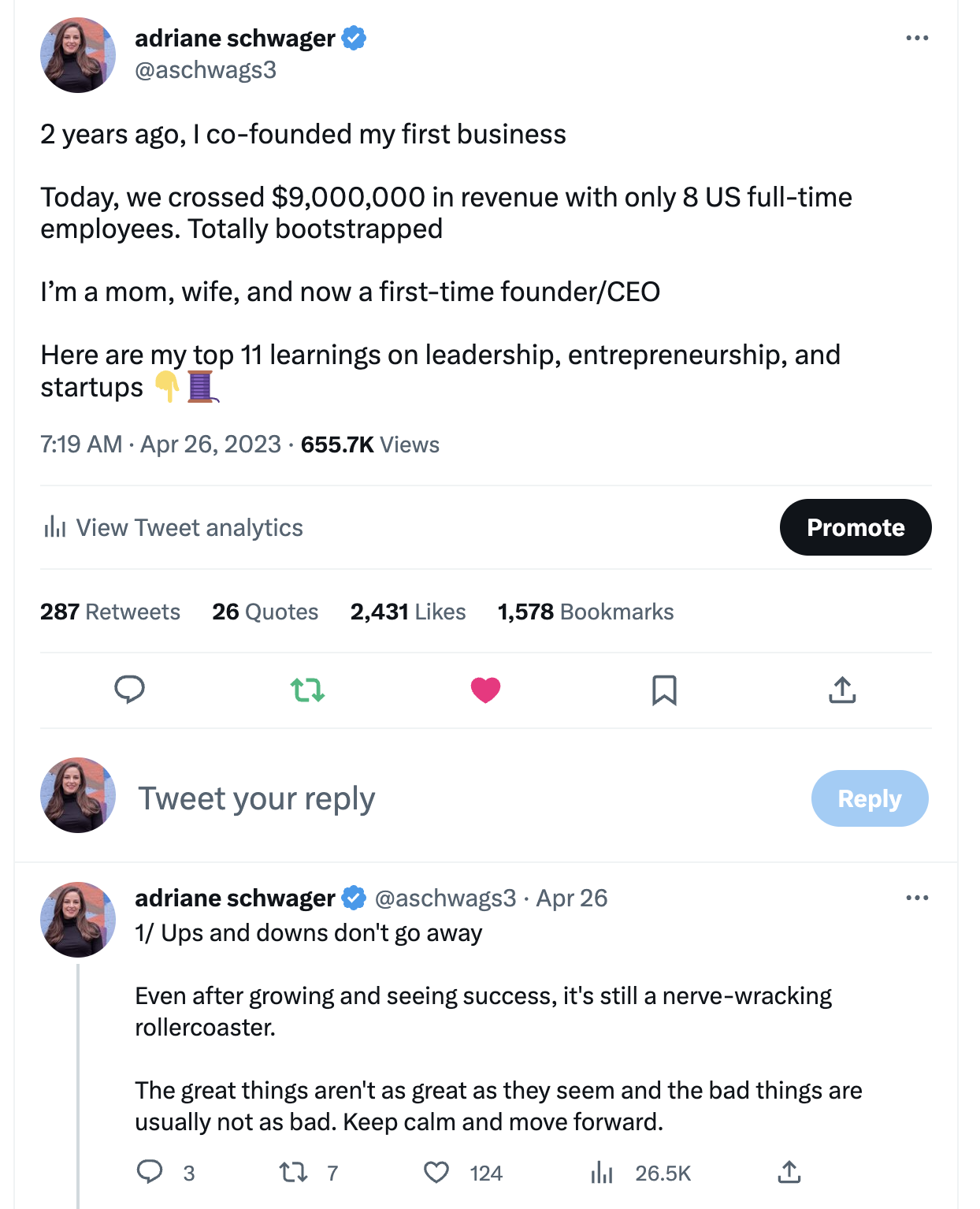Bootstrapping an 8-Figure Talent Network with Zero Ad Spend
They hit $50K MRR in their first 100 days, and have grown to over $11 million with major clients in less than three years.
.png)
Many people dream of building an 8-figure business. Few ever do it, and very very few do it in less than 3 years.
In March of 2020 Hampton member Adriane Schwager left the company she'd been with for 14 years to explore what she wanted to do next. Then COVID hit and threw her plan out the window. She considered going back to a "real" job, but decided to brainstorm with an old childhood friend and entrepreneur - 2 hours later the idea for GrowthAssistant was born!
Within 100 days of launching they cleared $50K MRR, and today, they work with companies like Hubspot, DoorDash, and Calm and more, and are projected to hit $20M ARR by the end of 2024.
Did I mention they've achieved all this with just 8 US employees? Wild!
This week, she sat down with us to tell us all about...
- The early days and how they got their start
- Top growth channels, and where they're experimenting
- The business model and what people typically don't understand about it
- Where she sees untapped opportunities in the market
- Her favorite books and ideas around leadership
- And more...
Here's the whole story from Adriane herself...
Hello! Who are you and what business did you start?
My name is Adriane, and I’m the CEO and co-founder of GrowthAssistant. GrowthAssistant embeds elite offshore talent into US teams. Our goal is to free up your time, expand your team’s bandwidth, and have someone taking over the more manual tasks you don’t want your $100k hires spending all their time doing.
All Growth Assistants (or GAs) work full-time for their client in the client’s time zone. They’re fully embedded in your business (e.g. access to Slack, Zoom, Virtual Happy Hours) and are basically another normal remote team member. We go through over 50,000 applications per year to find the top 0.5% offshore talent for our clients.
We started two years ago, have a fully remote team of ~8 in the US and ~30 in PH. (Yes, we believe in this method so much that we’re our own biggest “client!”) Soon after kicking off, revenue reached a run-rate of $11M ARR. We plan to grow to over $20M by the end of 2024.
Something that excites me is that some of our 100+ clients are really well-known brands like Hubspot, DoorDash, ClickUp, WeightWatchers and Calm. I would have never expected this when we started in 2021.
What's your backstory and how did you come up with the idea?
I spent most of my career at a trading firm where I handled several different roles. Eventually I was leading HR. We handled the 2008 financial crisis very very well and hired like crazy. By my quick calculation, I must have done 10,000+ interviews before I left the company after 14 years, which was March 1st of 2020.
My plan was to meditate for a couple of months and let what I was supposed to start “come through me.” (You know what happened next.)
Within seven days, the country was on lockdown, my 401k was tanking, and I was “Zoom homeschooling” a Kindergartner and third grader. Not quite meditation!
I was approached to do some HR consulting later that year for a startup, which reignited my passion for the HR space and building. Toward the end of 2020, I reached out to my childhood friend, Jesse Pujji, who had been doing very well with his digital marketing agency, Ampush.
Around that time he was transitioning his role from CEO to Chairman of the Board, so he could focus on building his real dream: a venture studio.
We started a two-hour phone call by sharing business ideas from our lists. I knew I wanted to do something entrepreneurial. I’d been a doula on the side for some time, I’d previously considered opening a daycare, and I’d been having great business ideas for as long as I could remember. Of course, I was also debating just going back to finding a “real” job. I needed a sounding board to figure out what my path needed to be.
“Wait!,” Jesse shouted about halfway through our call. “I have the perfect idea for you!”
He actually did.
Jesse outlined the vision for what would become GrowthAssistant. That call ended with me committing to building the offshore talent acquisition partner that had been on his list.
The idea of GrowthAssistant was born!
Jesse worked with a 50+ offshore team at Ampush, and his US team loved the support. They loved it so much that when they went on to head Growth departments at other companies they constantly asked him about the best service to build an offshore team in their new companies.
I won’t lie: I was skeptical. But I also believed that there was a need for great offshore Growth talent. And leveraging my People Operations background with Jesse’s network seemed like a perfect combination of unfair advantages. Plus at this point, we had been best friends since middle school and simply trusted each other fully.


Take us through the process of building and launching the first version of your product.
We hit $50k MRR in under 100 days. Seriously.
Jesse already knew a lot of those mysterious first step things that can slow down newbie founders. We got the website, Hubspot, Chargebee, and bank account set up quickly.
We hired our first Growth Assistants for our own team, helping us develop branding and build out our website.
I used my HR background to source, recruit, and train people from the Philippines, focusing on areas around major universities and asking for full English fluency as starting metrics. This helped me define my goals, so I was able to build up a pipeline very quickly.
Meanwhile, Jesse went to his network to help find our first customers, telling them the GrowthAssistant pitch and seeing where we could help with their pain points.
We got a lot of strong early feedback and had our first deal in less than 30 days.
Since launch, what growth channels have been most effective for you?
Jesse’s network helped us A LOT initially. He knows so many people and opened so many doors. Most of our first customers came through it. But hey, that was one of “unfair advantages” and I think we used (and still use) it quite well.
I have my own unfair advantages, too. In a business like GrowthAssistant, it’s not just about bringing in the customers. You have to have a knack for finding great talent, too. And THEN you need to be savvy enough about both the talent and businesses to match one to the other effectively. That’s where my skills come in.
Early on, I personally interviewed every single candidate. I got to know every customer myself, learning all about their culture and how they operated. I learned to look for what people didn’t know they needed. This is part of why we have <5% replacement rates and >100% revenue retention. This is why our growth engine scaled so powerfully.
But what kicked growth into overdrive was Twitter.
Jesse had a large following on Twitter (~8k at the time) and drove some leads for us through it. It was going well, but things exploded when we took it a bit more seriously and I started to build in public via Twitter.
Some of our threads got millions of views and hundreds of leads. This helped us get featured on e.g. My First Million and some other relevant newsletters. Overall Twitter is still driving 60%+ of our leads. (And Jesse is now around ~150k+ followers!)
Another big lever that we started to pull recently is getting more leads to convert into held meetings. We realized that Marketing was in charge of driving leads, while we measured Sales in how many new customers they generated from meetings. But nobody owned the part of the funnel to get leads to schedule and attend meetings! So we changed Marketing’s goal to “Meeting held”. Within weeks CVR Lead to Meeting Held increased by 40%+ by implementing some basic things: fast 1st touch, offer meeting right away, meeting reminder, connect with Prospect on Social
What we haven’t yet tried is paid. We literally grew to $11M ARR on organic social and Jesse’s network alone! But we’re in the process of starting Paid Social with LinkedIn Conversation Ads and I am excited to explore the world of Paid Marketing.
One thing to call out is that TikTok is working really well for us to find applicants in the Philippines. We have millions of views and 40k+ followers on it! We have a robust supply we’re building up there, and we’re so focused on finding good people that it’s exciting to have a reliable channel.
Did you ever have an “oh shit” moment where you thought it wouldn’t work?
Never!
Constantly!
Both!
I still feel like we’re firefighting all the time. But in spite of that the business has been profitable nearly from day one, we hired very very slowly (too slow!) and overall always focused on sustainable growth. So there were no layoffs or fearful glances at our bank account.
However, we lost net subscribers MoM for the first time about one year in and I thought the world would end. I felt like a fraud. An imposter.
But Jesse really helped me to keep perspective. Yes, it’s hard and I might have reacted too late on certain things. But the business is still doing well and growing. We tweaked some things and grew more than ever. We’re always doing better and learning more. (I wrote about this experience in this thread in detail).
I’m on a CEO journey and I’m right where I should be.
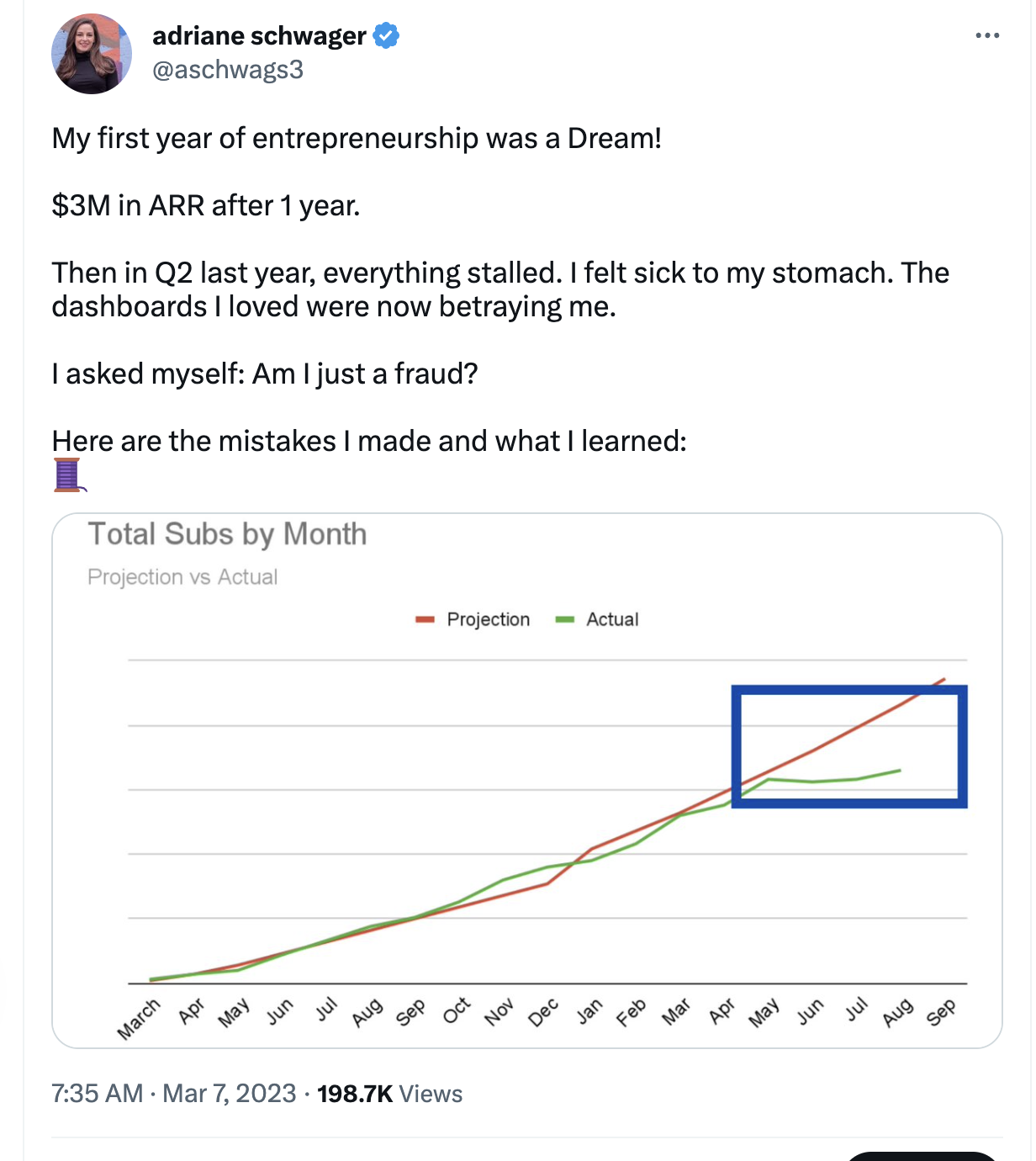
Can you break down the keys to this business model for us? What makes it work? And what do outsiders typically not understand about your industry?
We are, at our core, a two-sided marketplace. Without enough great applicants to source from, we won’t be able to provide talent to our clients. Without clients there is no need for a substantial HR / Recruiting engine.
And I feel like I’ve flip flopped my focus between Supply and Demand so many times since starting.
For most of the second half of 2022, Demand Side was my building/learning focus - I hired too late and Sales was not set up to handle the meetings needed to achieve our lofty goals. Now we get a healthy amount of deals through the door every month, and are optimizing our Supply side to find the right talent in time.
Right now my focus is back on Supply and on making sure we can handle the increased demand without sacrificing quality. Because if we get it right - match the right candidate for the right company - leveraging offshore talent feels like magic. Clients are happy and they’ll stay with us for years and expand!
In fact, our net retention rate is above 100%. The expansion of existing clients more than covers our churn!
I think more companies will realize using global talent is needed to scale effectively. We are riding a bigger trend right now, and are in a good position to benefit from it. The future is exciting!
What platform/tools are absolutely crucial for your business?
Definitely the way we leverage global talent. Despite a run rate of more than $11M ARR, we have a team of only 8 in the US - mostly leadership and sales. What keeps the business working are our 30+ Growth Assistants in PH.
This approach allows us to scale in a very cost-effective way.
Our tool stack itself isn’t fancy: Slack and Zoom for communication. Hubspot as CRM. Chargebee and Quickbooks to handle finance. Zapier (soon Make.com) to do some automation magic. The talent acquisition suite is a combo of out of the box ATS and homemade HRIS. Google Suite for everything else. It’s not the most exciting, but it works.
What have been the most influential books, podcasts, or other resources?
I’m a big reader, so I love a lot of books for this. That said, my very top suggestions are:
The Big Leap - A coach recommended this book to me about a year prior to starting GrowthAssistant. It helped me locate my “Zone of Genius,” which I’ve used to build GrowthAssistant. If anyone is on the fence about what to do next, I recommend this one!
The Great CEO Within - This has been a great quick resource and handbook for getting started with things in the biz quickly. Matt does a fantastic job with giving you only the amount of info you need to put a system in place. He essentially summarizes the best of the best tactics for you in this book.
Get a Coach! - Getting an executive coach for myself was a high ROI decision for the business. I pay more attention to where I’m making decisions from (i.e. a place of fear/ego/threat OR a place of curiosity). I’m more conscious about how I want to lead my org, what I’m committed to, when I’m out of integrity, etc. I cannot recommend this highly enough. No book can replace that personal attention.
Where do you see untapped opportunity in the market? What business do you wish someone else would build that would make your job easier?
I see untapped opportunities in the market all the time.
Name something you do that you wish you could delegate - OPPORTUNITY!
Tell me what’s eating your bandwidth right now – OPPORTUNITY!
These are my biggest wins in the last month – OPPORTUNITY!
Opportunities are all over the place. You have to shift your mindset to start looking for them.
In terms of what I’d like to see, you know, I think we all have this dream to find an essential tool that has no flaws. If a fairy would show up on my desk and offer to grant me some wishes, it would be cool to have an ATS that talked to my HRIS that talked to my CRM that talked to my POS.
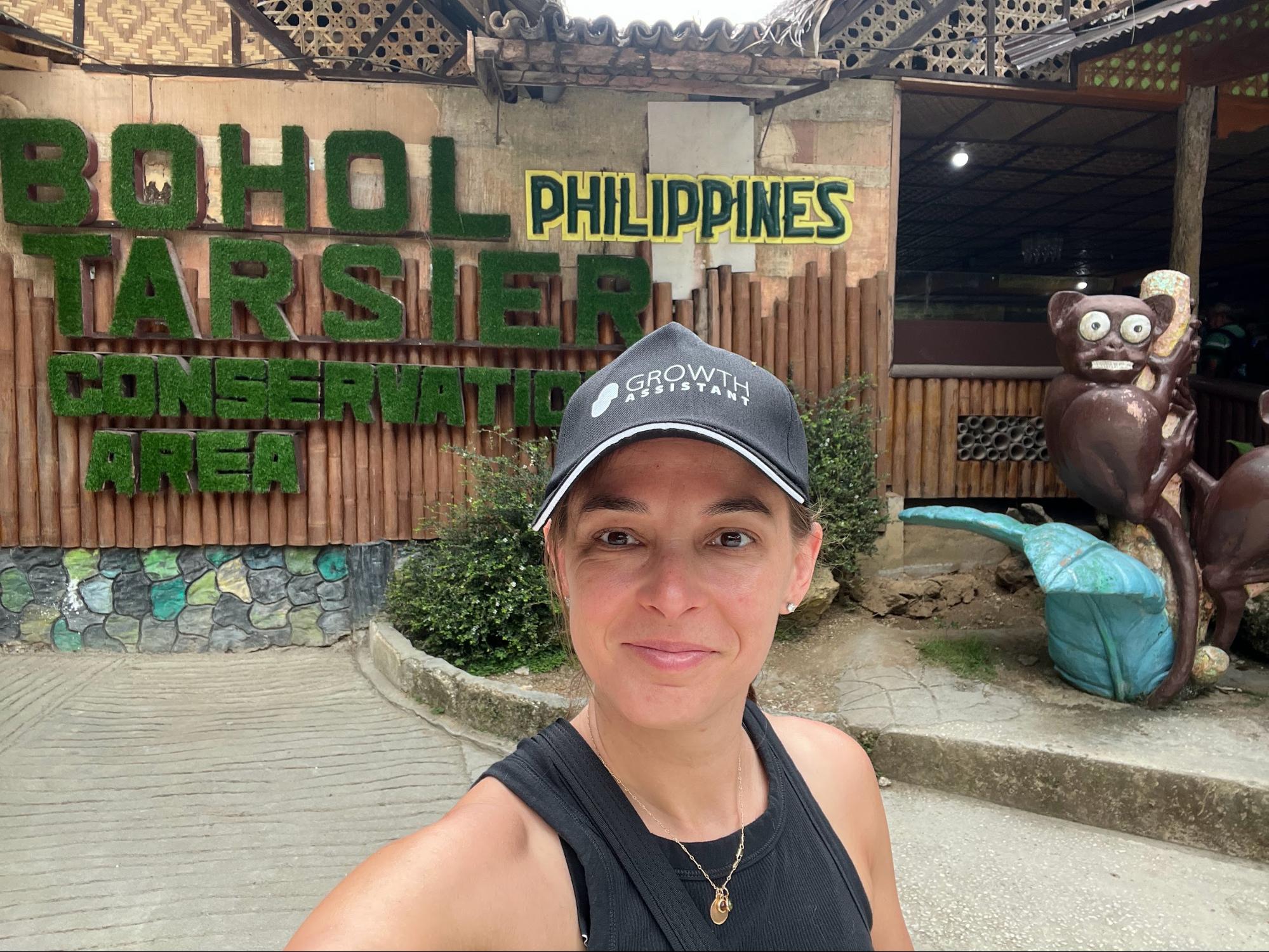

What are some strong opinions you have about leadership, and how do you actually put those into practice in your company?
If you ask my team to tell you about me, something you’re going to hear a lot is that I care. I care so, so much. Caring about other people is one of my core motivations – both in business and in life. This informs a lot of how I choose to lead. I get out of bed to help people.
I also feel strongly about ownership. Everyone needs to own their area and take accountability within it. That’s easier said than done, but I put a lot of small efforts into it, including being transparent with my team about business decisions and using “clean communication” (“WHO will do WHAT by WHEN”).
I’m a big fan of the Conscious Leadership approach and work with an executive coach to get better at it. We’re exploring this approach together with our leadership team in workshops to make it spread beyond me and Jesse. I think it will be super powerful once everybody in the company “speaks” the same language around leadership, ownership and communication styles.
This 3 minute video is a good intro into one of the core concepts - realizing if you are above or below the line.
Here’s a thread on an important leadership lesson, too, I really recommend it.
I also believe that meeting the team in-person is important for a remote company. So we do quarterly offsites and I visited our team in PH to meet them.
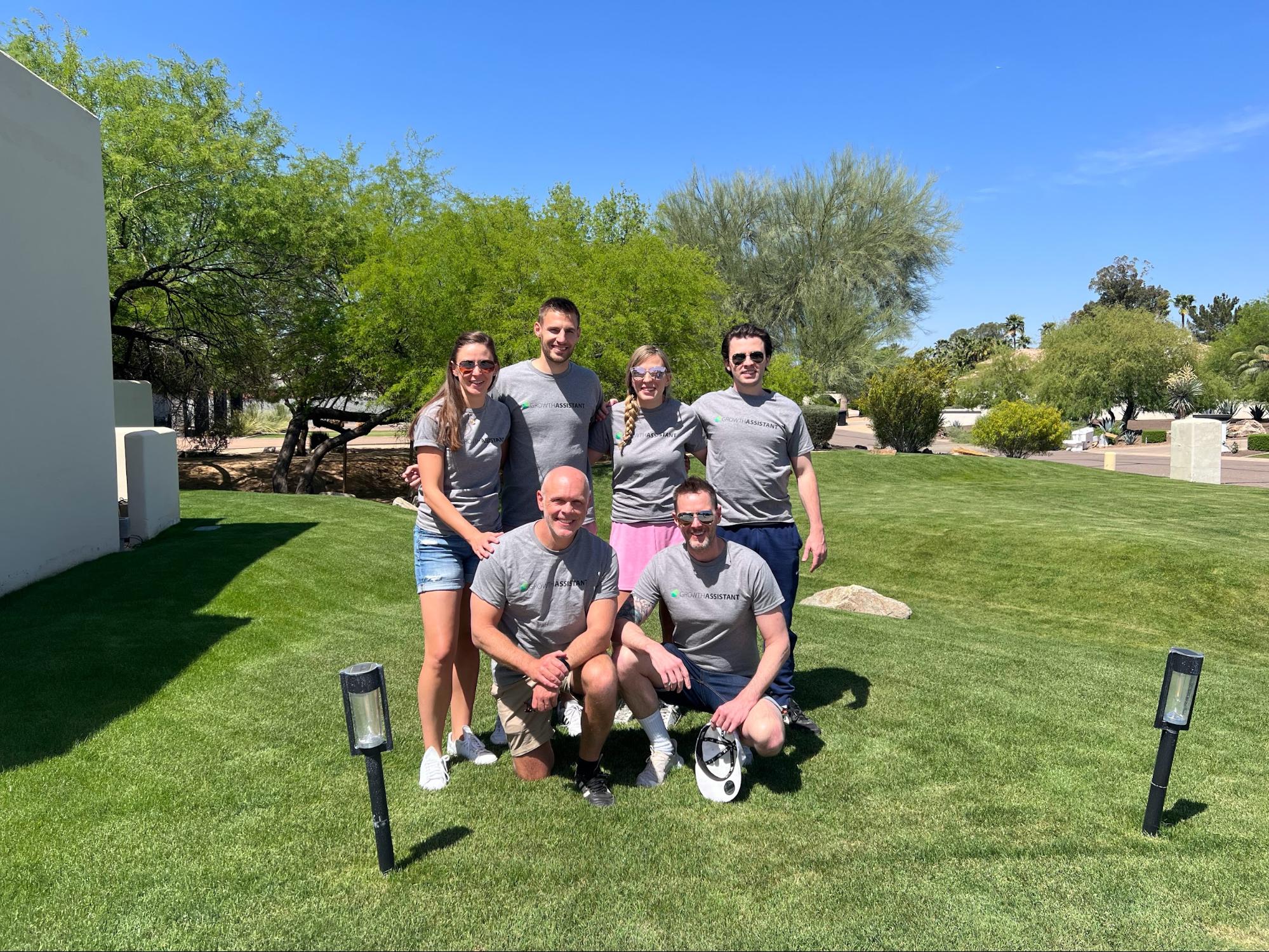
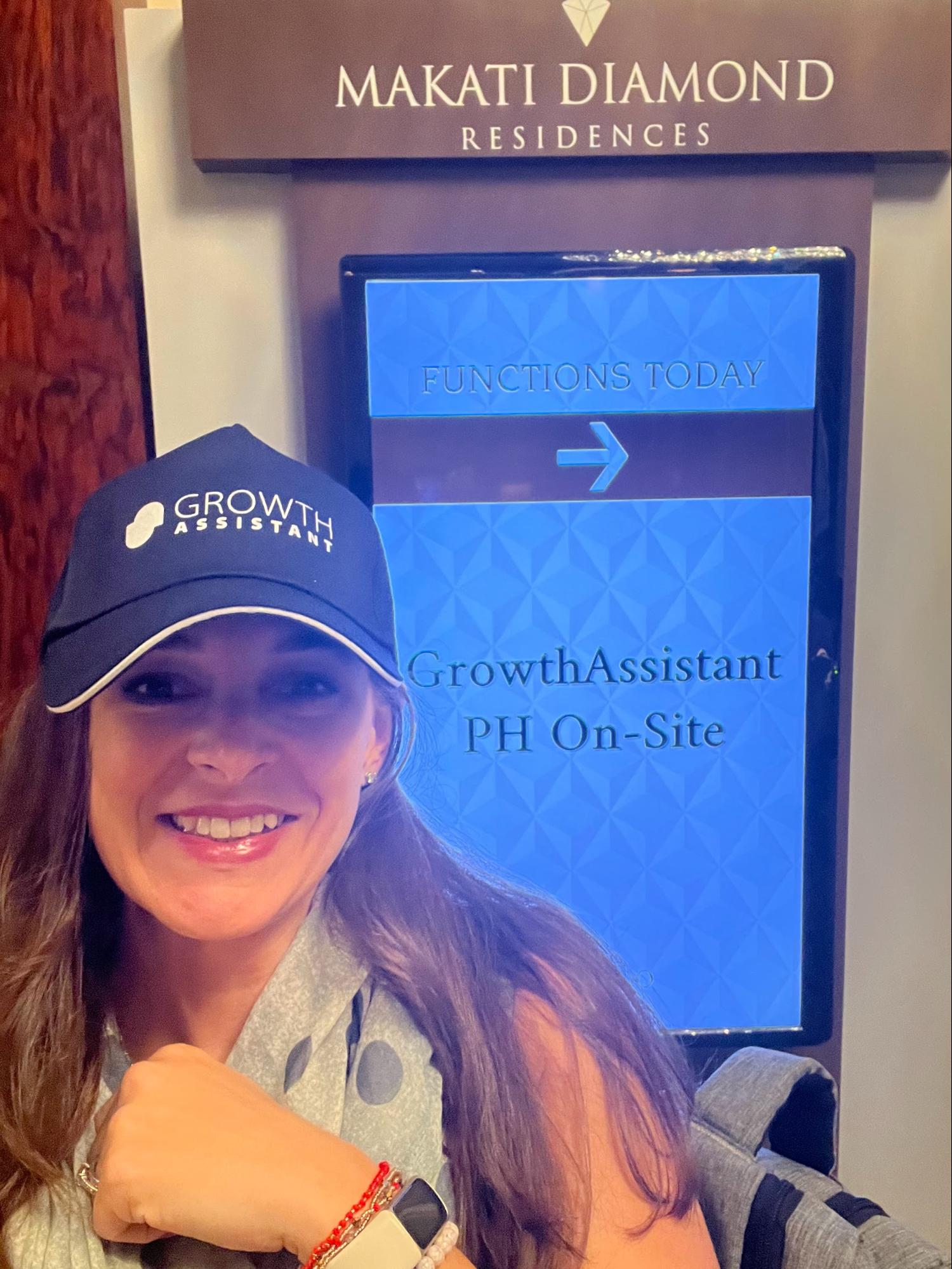
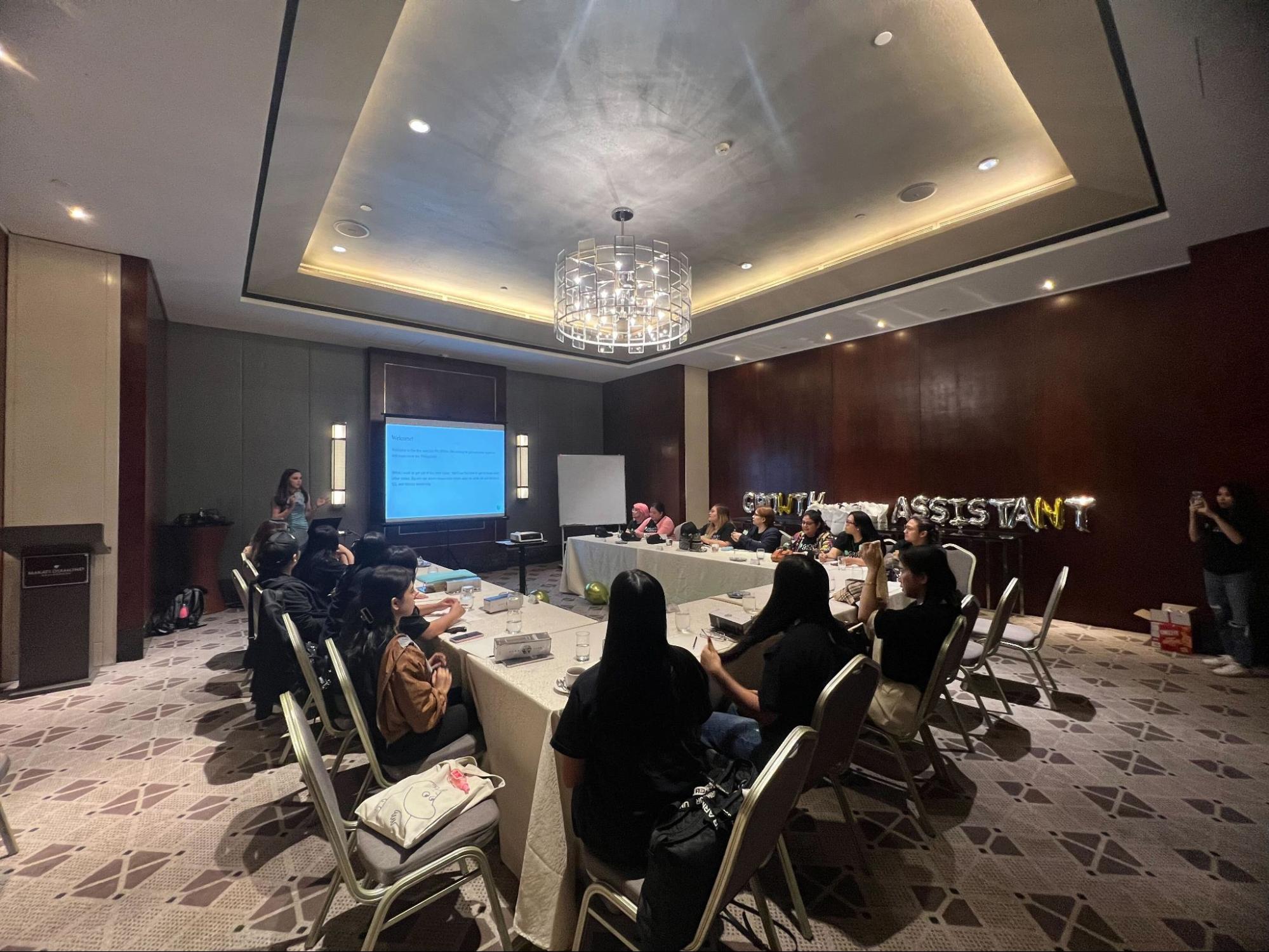
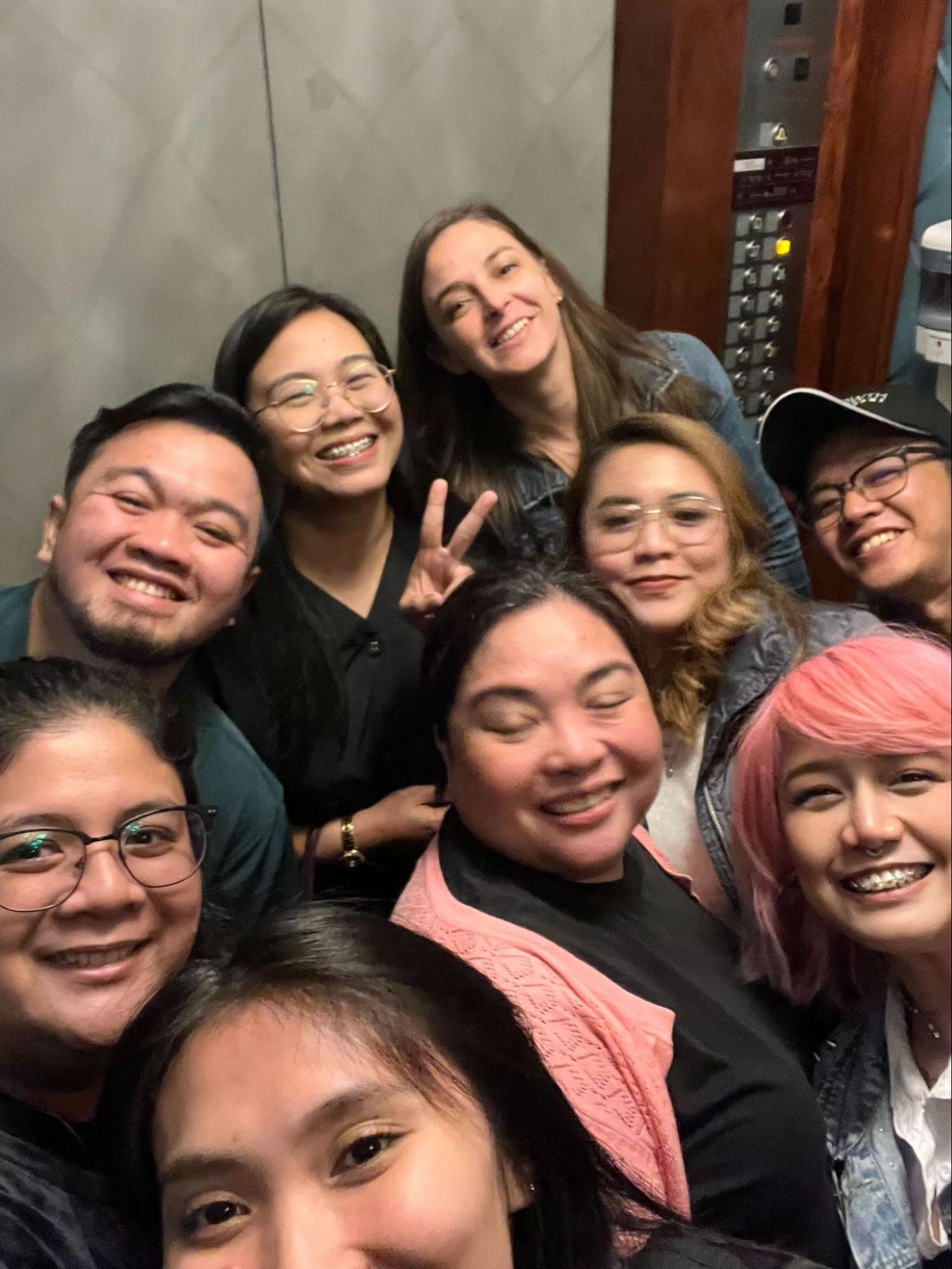
Where can we go to learn more?
Company:
Personal:
Personally, I find being the CEO of a startup to be downright exhilarating. But, as I'm sure you well know, it can also be a bit lonely and stressful at times, too.
Because, let's be honest, if you're the kind of person with the guts to actually launch and run a startup, then you can bet everyone will always be asking you a thousand questions, expecting you to have all the right answers -- all the time.
And that's okay! Navigating this kind of pressure is the job.
But what about all the difficult questions that you have as you reach each new level of growth and success? For tax questions, you have an accountant. For legal, your attorney. And for tech. your dev team.
This is where Hampton comes in.
Hampton's a private and highly vetted network for high-growth founders and CEOs.

